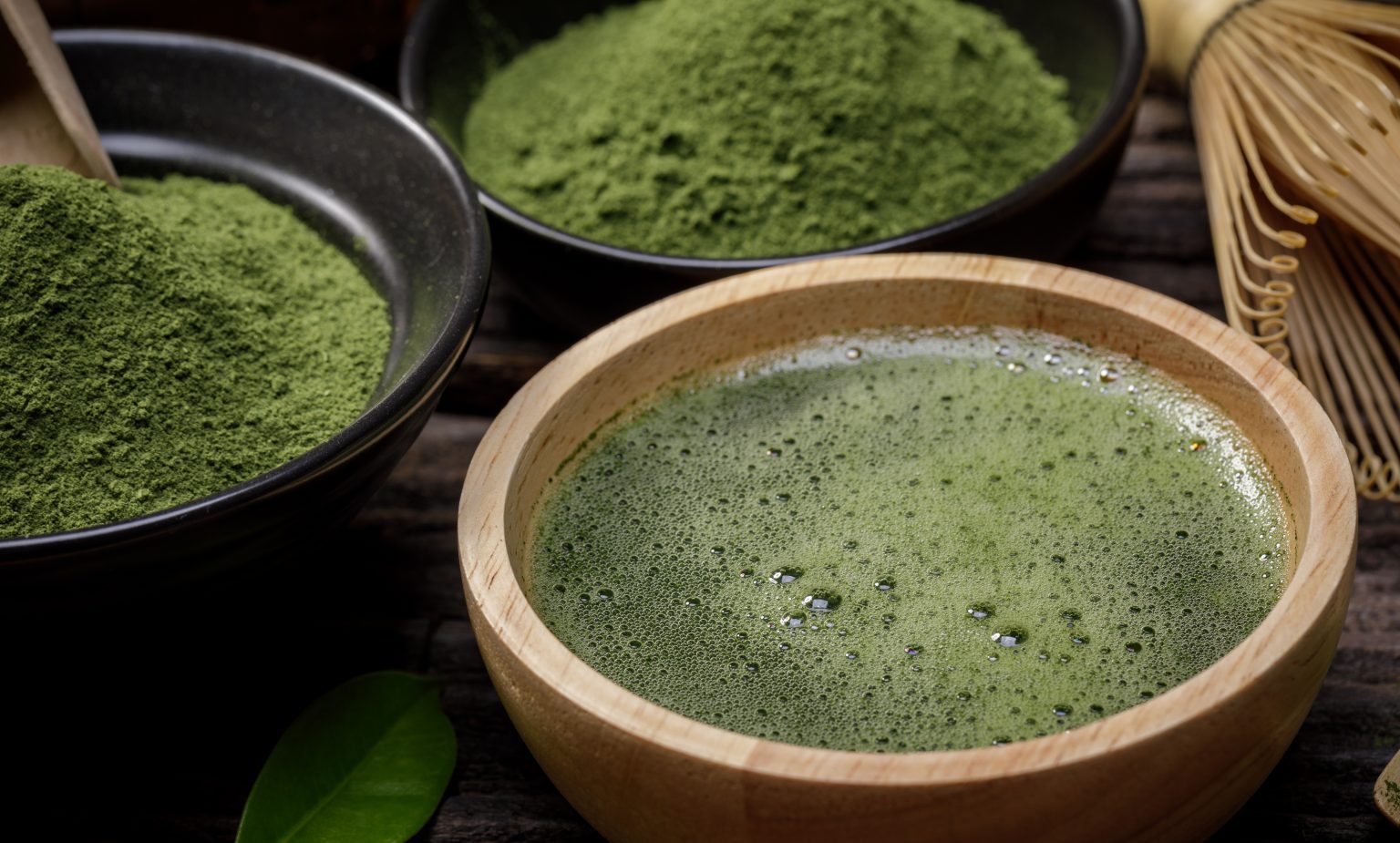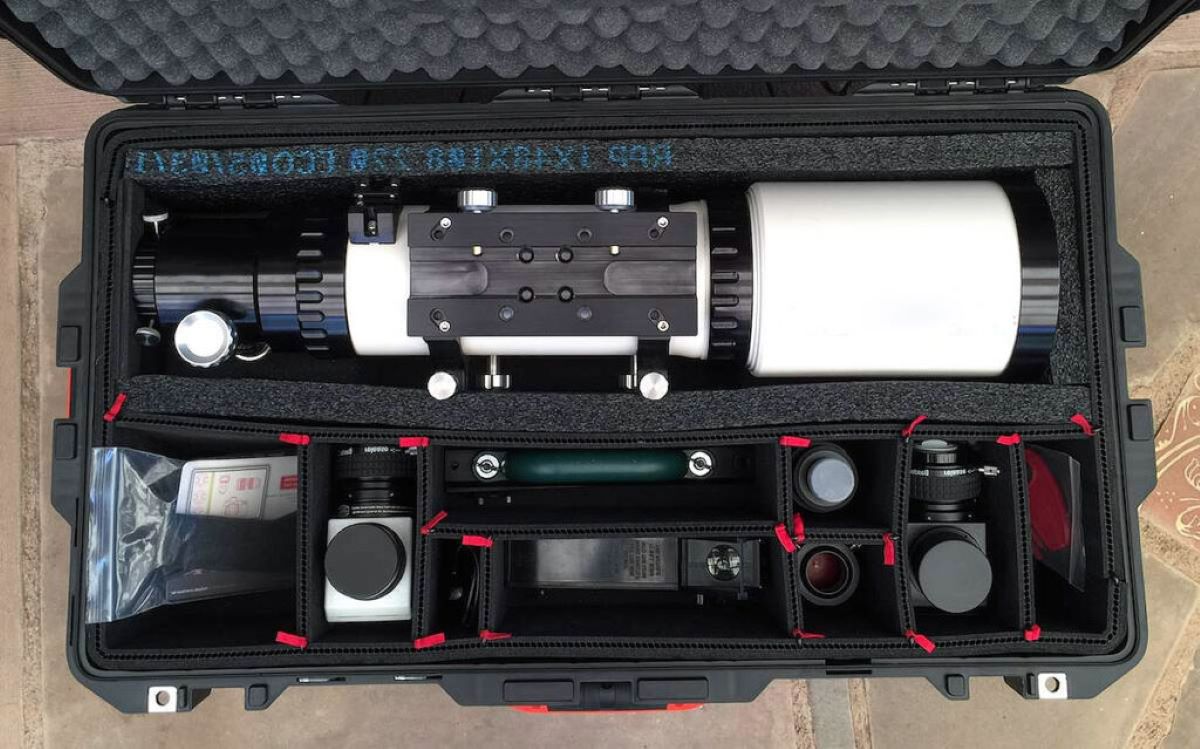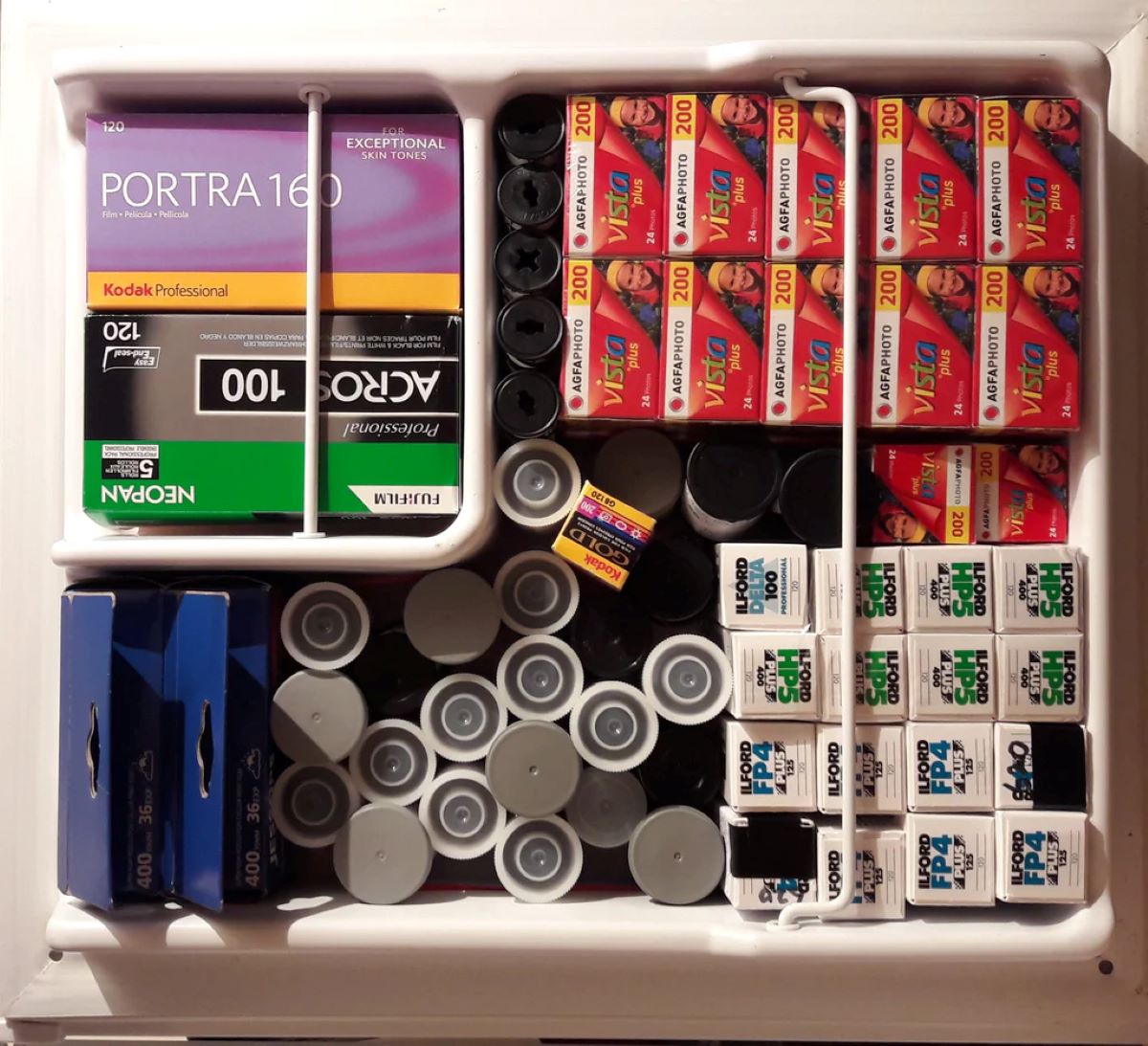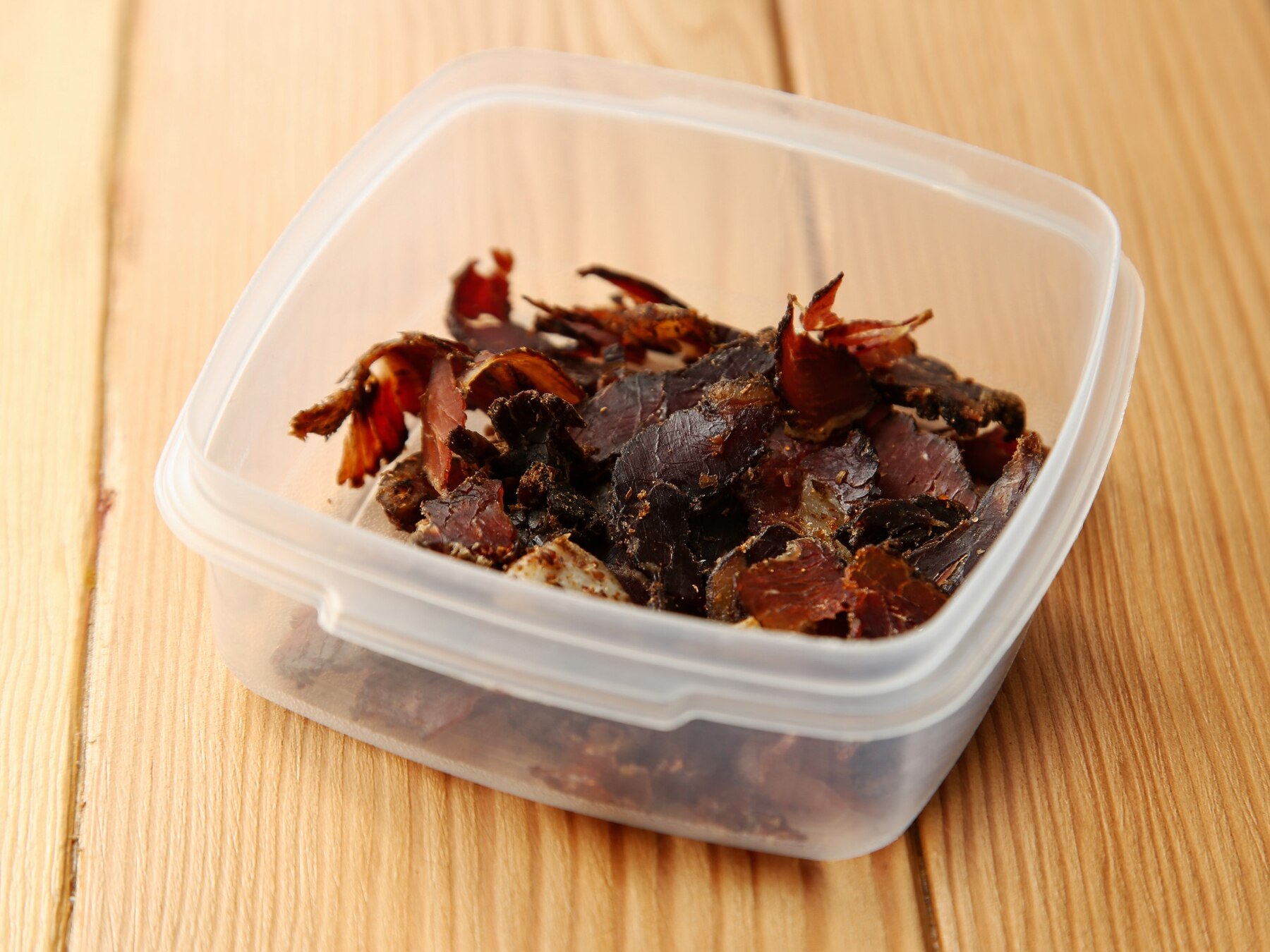

Articles
How To Store Matcha
Modified: October 20, 2024
Learn the best techniques for storing matcha in this informative article. Discover how to maintain its freshness and maximize its flavor.
(Many of the links in this article redirect to a specific reviewed product. Your purchase of these products through affiliate links helps to generate commission for Storables.com, at no extra cost. Learn more)
Introduction
Welcome to the world of matcha – a vibrant and potent green tea powder that has gained immense popularity in recent years. Known for its unique flavor and numerous health benefits, matcha has become a staple in many households. But to truly appreciate its rich taste and reap its full benefits, it is important to understand the proper way of storing matcha.
Proper storage is crucial to maintain the freshness, flavor, and quality of matcha. Exposure to air, light, heat, and moisture can significantly impact its taste and the overall tea experience. In this article, we will delve into the science behind matcha storage, explore the best containers, and provide practical tips to help you store matcha properly.
Key Takeaways:
- Proper storage is essential to maintain the freshness, flavor, and quality of matcha. Factors like air exposure, light, heat, and moisture can significantly impact its taste and overall tea experience.
- Choosing the right storage container for matcha is key to preserving its freshness and flavor. Tin or metal canisters, ceramic jars, vacuum-sealed bags, and opaque glass containers are among the best options to safeguard matcha from air, light, heat, and moisture.
Read more: How To Get Matcha Out Of A Carpet
Understanding Matcha
Matcha is a unique type of tea that originates from Japan. It is made by grinding the young leaves of Camellia sinensis into a fine powder. Unlike other teas, where the leaves are steeped and then discarded, matcha involves consuming the powdered leaves themselves, resulting in a more concentrated and flavor-packed beverage.
Matcha is well-known for its vibrant green color and distinct umami flavor. This is due to the unique cultivation and processing methods. Prior to harvest, the tea plants are covered for several weeks, which enhances the production of chlorophyll and amino acids in the leaves. After harvesting, the leaves are steamed, dried, and ground into a fine powder using traditional stone mills.
Aside from its delicious flavor, matcha is also celebrated for its numerous health benefits. It is a rich source of antioxidants, particularly catechins, which have potent anti-inflammatory and immune-boosting properties. Matcha is also believed to enhance focus, energy levels, and metabolism, making it a popular choice among those seeking a natural and healthy alternative to coffee.
Given its delicate nature and valuable properties, proper storage is essential to maintain the freshness and quality of matcha.
Factors Affecting Matcha Storage
Several factors can influence the quality and shelf life of matcha. Understanding these factors will help you make informed decisions about how to store your matcha properly. Here are the primary factors that can affect matcha storage:
- Air Exposure: Matcha is susceptible to oxidation when exposed to air. Oxygen can degrade the flavor and aroma of matcha, causing it to become stale. It is essential to minimize air exposure as much as possible.
- Light: Like air, exposure to light can degrade matcha by promoting oxidation. The components responsible for matcha’s vibrant color and flavor can break down when exposed to UV rays. It is best to store matcha in a dark or opaque container to protect it from light.
- Heat: Excessive heat can speed up the degradation process of matcha. Higher temperatures can cause the oils and volatile compounds in matcha to break down, resulting in loss of flavor and aroma. It is important to store matcha in a cool environment away from heat sources.
- Moisture: Matcha is hygroscopic, meaning it can readily absorb moisture from the surroundings. Moisture can lead to clumping and mold growth, rendering the matcha unusable. Keeping matcha dry is crucial to maintain its quality.
By understanding these factors, you can take the necessary steps to protect your matcha from their detrimental effects and ensure that it remains fresh and flavorful for a longer period.
Best Storage Containers for Matcha
Choosing the right storage container for matcha is key to preserving its freshness and flavor. Here are some of the best options for storing matcha:
- Tin or Metal Canisters: Tin or metal canisters are widely recommended for storing matcha due to their ability to block out light and protect against oxidation. These containers typically have an airtight seal, preventing air from entering and compromising the quality of matcha. Look for canisters that are specifically designed for tea storage to ensure optimal conditions.
- Ceramic Jars: Ceramic jars with airtight lids can also be used to store matcha. Ceramic is a great material choice as it provides insulation from light and maintains a stable temperature. Make sure the jar has a rubber or silicone seal to keep air and moisture out.
- Vacuum-Sealed Bags: Vacuum-sealed bags are an excellent option for storing matcha, especially if you plan to purchase larger quantities. These bags remove the air from the package, preventing oxidation and maintaining freshness. Once opened, transfer the matcha to an airtight container to prolong its shelf life.
- Opaque Glass Containers: If using glass containers, opt for opaque ones to block out light and protect against UV rays. Ensure that the container has an airtight seal to maintain freshness. While glass containers are not as effective at insulating against temperature changes, they can still be a viable option if stored in a cool and dark environment.
Remember to choose containers that are of high quality, specifically designed for tea storage, and have airtight seals to provide the best protection for your matcha.
Store matcha in an airtight container in a cool, dark place to maintain its freshness and flavor. Avoid exposure to light, air, and moisture to preserve its quality.
Tips for Storing Matcha
Now that you understand the importance of proper storage and have identified the best containers for matcha, let’s explore some effective tips for storing matcha:
- Store in a Cool, Dark Place: To protect matcha from heat and light, store it in a cool and dark place, such as a pantry or cupboard. Avoid exposing it to direct sunlight or near heat sources like stoves or ovens.
- Avoid Moisture: Moisture can lead to clumping and spoilage of matcha. Keep matcha away from areas with high humidity and ensure that the storage container is completely dry before transferring the powder.
- Minimize Air Exposure: Air can accelerate oxidation and degrade the quality of matcha. After opening the container, immediately seal it tightly to minimize air exposure. Consider using smaller containers to reduce the amount of air in contact with the matcha.
- Keep Away from Strong Odors: Matcha has a delicate flavor profile and readily absorbs odors from its surroundings. Store matcha away from strong-smelling spices, herbs, and other aromatic substances to maintain its pure taste.
- Use a Scoop or Spoon: When accessing matcha from the container, use a clean and dry scoop or spoon instead of your fingers. This helps prevent contamination and moisture from entering the main storage container.
- Plan for Regular Consumption: Matcha is best enjoyed when it is fresh. Plan to consume your matcha within a few months of purchasing to experience its optimal flavor and benefits.
- Label and Date: If you store multiple varieties or batches of matcha, it can be helpful to label the containers with the date of purchase or expiration. This ensures that you use matcha in a timely manner and avoid any confusion.
By following these tips, you can prolong the shelf life and maintain the quality of your matcha, ensuring a delightful tea experience every time.
Read more: How To Store Store-Bought Bread
Common Mistakes to Avoid
While knowing the best practices for storing matcha is important, it is equally crucial to be aware of common mistakes that can compromise its quality. Here are some common mistakes to avoid:
- Storing Matcha in Transparent Containers: Transparent containers, such as glass jars without an opaque coating, allow light to penetrate and degrade matcha. Avoid storing matcha in clear containers and opt for opaque or tinted ones instead.
- Storing Matcha in the Fridge or Freezer: Many people assume that stashing matcha in the fridge or freezer will prolong its shelf life. However, these environments can introduce moisture and condensation, which is detrimental to matcha. It is best to store matcha at room temperature in a cool, dark place.
- Not Sealing the Container Properly: Air exposure is one of the main factors that can affect the flavor and quality of matcha. Failing to seal the container tightly after each use allows air to enter and accelerate oxidation. Always ensure the container is properly sealed to maintain freshness.
- Buying Large Quantities: Matcha is best enjoyed when it is fresh, so purchasing large quantities that will take a long time to consume can lead to a loss in flavor and quality. It is advised to buy matcha in smaller quantities that can be used within a few months.
- Not Cleaning the Storage Container: Before transferring matcha to a new container or when using a scoop or spoon, make sure the storage container and utensils are clean and dry. Any residual moisture or contaminants can affect the quality of matcha.
- Storing Matcha near Strong Odors: Matcha easily absorbs odors, so it’s important to keep it away from strong-smelling substances like spices, herbs, or cleaning products. This will help preserve matcha’s delicate flavor and prevent it from acquiring unwanted aromas.
- Exposing Matcha to Heat: Heat can accelerate the degradation process of matcha, resulting in loss of flavor and aroma. Avoid storing matcha near heat sources or in areas prone to temperature fluctuations.
By avoiding these common mistakes, you can ensure that your matcha remains fresh, flavorful, and of the highest quality for a longer period.
Frequently Asked Questions (FAQs)
1. Can matcha go bad?
While matcha does not necessarily go bad, its quality and flavor can degrade over time if not stored properly. It is recommended to consume matcha within a few months of purchasing to experience its optimal taste and freshness.
2. Can I store matcha in the refrigerator?
It is not advisable to store matcha in the refrigerator as it can introduce moisture and condensation, which can negatively affect the powder’s quality. Matcha is best stored in a cool, dark place away from heat and humidity.
3. Can I store matcha in plastic containers?
Plastic containers are generally not recommended for long-term matcha storage as they can be porous and allow air and odors to penetrate. Opt for airtight metal canisters, ceramic jars, or opaque glass containers instead.
4. How long does matcha stay fresh?
Matcha can stay fresh for up to a year if stored properly. However, it is recommended to consume matcha within a few months of purchasing to enjoy its optimal flavor and quality.
5. Can I freeze matcha to extend its shelf life?
Freezing matcha is not recommended as it can introduce moisture and negatively impact the powder’s quality. It is best to store matcha in a cool, dry place at room temperature.
6. Can I store matcha in its original packaging?
The original packaging of matcha is typically not designed for long-term storage. It is advisable to transfer matcha to an airtight container that protects it from air, light, and moisture.
7. Can matcha clump during storage?
If matcha is exposed to moisture, it can clump and become difficult to dissolve. To prevent this, make sure to store matcha in a dry environment and avoid introducing moisture to the powder.
8. Can I store matcha in the freezer to preserve its flavor?
No, freezing matcha is not recommended as it can negatively affect its flavor and quality. Matcha should be stored in a cool, dark place, away from extreme temperatures.
Remember, storing matcha properly is essential to maintain its freshness, flavor, and quality for a longer period. If you have any specific concerns or questions about matcha storage, it is always recommended to refer to the instructions provided by the manufacturer or consult with a reputable tea expert.
Conclusion
Properly storing matcha is crucial to maintain its freshness, flavor, and quality. By understanding the factors that can affect matcha storage and following the recommended tips, you can ensure that your matcha remains vibrant and delicious for a longer duration.
Remember to choose the right storage container for matcha, such as tin or metal canisters, ceramic jars, or vacuum-sealed bags. These containers offer protection against air, light, heat, and moisture, safeguarding the integrity of the matcha powder.
Additionally, practicing good storage habits like keeping matcha away from strong odors, sealing the container tightly, and storing it in a cool, dark place will help maintain its freshness and prevent unwanted flavors from developing.
Avoiding common mistakes, such as storing matcha in transparent containers, the fridge or freezer, and exposing it to heat or moisture, will ensure that your matcha retains its optimal quality and taste.
Lastly, be mindful of the expiration date and regularly consume matcha within a few months of purchasing to fully enjoy its rich flavor and health benefits.
By implementing these guidelines and understanding the importance of matcha storage, you can savor the delightful taste and reap the maximum benefits of this prized green tea powder. So, go ahead, store your matcha properly, and elevate your tea-drinking experience!
Frequently Asked Questions about How To Store Matcha
Was this page helpful?
At Storables.com, we guarantee accurate and reliable information. Our content, validated by Expert Board Contributors, is crafted following stringent Editorial Policies. We're committed to providing you with well-researched, expert-backed insights for all your informational needs.















0 thoughts on “How To Store Matcha”